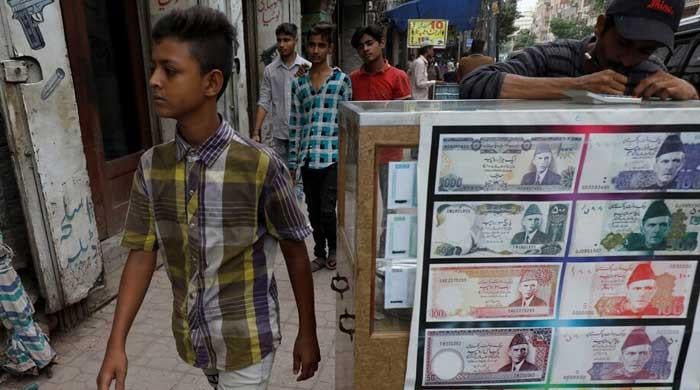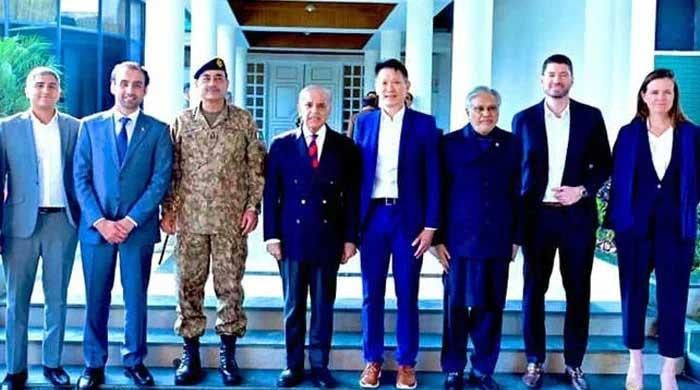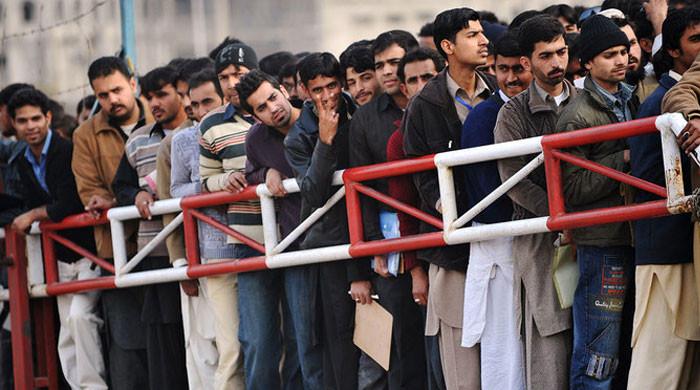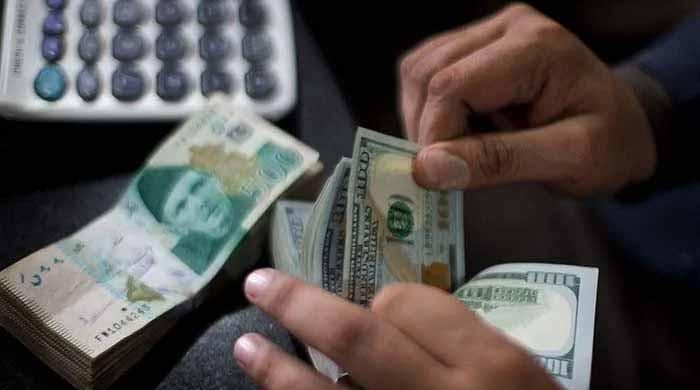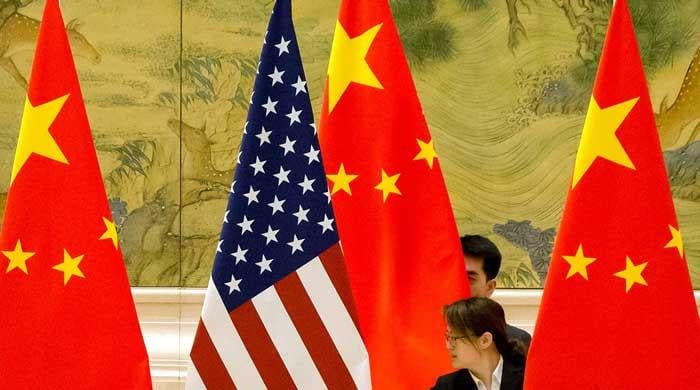Young Pakistan
This was election of Millennials and Gen Z or a poll that was a contest between young Pakistan and old Pakistan
February 27, 2024
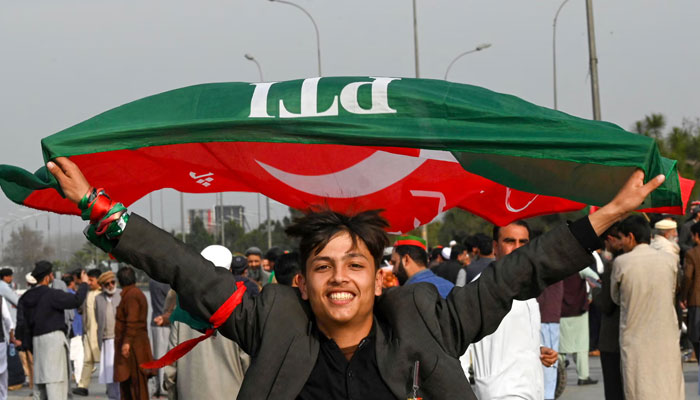
Irrespective of who won the February 8 elections fair and square and who eventually was blessed with the "healing touch" after the results mysteriously paused in the wee hours of the morning-after, the across-the-board consensus is that this was a young people’s election.
This was an election of Millennials and Gen Z or, to better put it, a poll that was virtually a contest between the young Pakistan and the traditionally old Pakistan.
Young people in mostly all parts of Pakistan showed remarkable fights by blowing away the script planned by a few in power and perpetuated by some chosen ones in the media. While their vote may not have reflected in the final seat tally, it is notable to observe that it threw cold water on a man’s aspiration of becoming prime minister for the fourth time.
Welcome to a new Pakistan where young people — not limited to urban centres — are now a real force, at least in the electoral process of the country. Perhaps the main takeaway from the polls is that beyond the stories of power games being played in a few elite houses of Karachi, Islamabad and Lahore, what warrants more attention is to look into this young people phenomenon that is now an elephant in the room.
But how and why did it happen? The induction of new young voters every year is an undeniable reality, courtesy of the growing population of Pakistan. It can neither be stopped nor manipulated. According to academic Prof Adil Najam, “The future of Pakistan will be decided by the young people between the ages of 15 and 29. Elections from now on till 2048 will be decided by the people falling in this age bracket.”
Such is the extent of the youth demography in the country where every two of three people are under 30 today. Safe to say that the elections were not an exception but the beginning of a trend that will be reflected in each and every political contest from now on. In other words, the polls will now be decided by first-time voters. Like it or not, this is our new reality.
Given the fact that the country is home to a predominantly young population — and it is being reflected in the poll results — this leads to the question of the current bond between young people and the state. Does the state of Pakistan ensure youth representation in governance and administrative decision-making from Karachi to Khyber? The answer is negative.
Student unions are banned; members of the political elite exploit quotas for young people/women in political parties and legislative assemblies, and mostly the ministries — both federal and provincial — are run by balding men in their 60s. This essentially makes Pakistan a country of young people run by old men in big offices in power corridors.
While much has been written on the rising angst, frustration and unctuousness of the young visible on social media spaces, how many times have we heard about constructive discussions in the country’s power corridors around bringing young voices to decision-making rooms — or at least some visibility in the political parties claiming to be the voice of the country?
Young voters made a choice in this election, which was the Pakistan Tehreek-e-Insaf (PTI) for a majority. And to exercise that choice and make it heard, they had to go beyond their comfort zone. Voters had to find the election symbol of the PTI-backed independent candidate contesting from their constituency. They looked for smart tech-savvy ways to mobilise voters without becoming a victim of the state’s hostilities and recorded — and later proved — the excesses committed by the state. They did it all successfully.
Although they may have not got the desired result, they made their presence felt. On the contrary, the old Pakistan reacted by shutting down X (formerly Twitter) for a week to counter the PTI narrative — an archaic solution from an obsolete playbook that has no relevance in the age of VPNs.
One can strongly argue that even the last PTI government in federal, Punjab and Khyber Pakhtunkhwa did not fare well on account of youth empowerment — and this argument has substance — but to the PTI’s credit, despite all limitations, its party founder Imran Khan continues to strike a chord with the country’s young with ease.
Maybe it is his populist politics or an aggressive digital campaign centred on his charisma that does the magic, but at the end of the day, the fact remains that the youth feels he represents them. At least for attracting young people, the party is doing everything right.
Party leaders whose statements were transformed into TikTok content that helped them become overnight sensations are now the recognised faces of our politics, and one of them is now even an elected MNA from Lakki Marwat holding the privilege of introducing the now-viral term "warr gaya" to Pakistan’s political lexicon.
Many hoped that the election results would have jolted the PTI’s opponents and prompted the bigwigs to put their heads together to make their politics relevant to the youth and strategise their policy statements, optics, and digital positioning, but guess what they did?
A government coalition of political parties was announced in a press conference by Pakistan’s old boys’ political club — while no woman or young face was present. And to date, the incoming PDM 2.0 has not mentioned viable projects for the young who are visibly drifting away from their politics. This is what we call a classic textbook definition of failure on all accounts.
Pakistan has changed; tech consumption in the country is clearly dictating the choices and priorities of our young people. Only those who can understand this visible change can survive in the changing political dynamics of today, and avoid becoming a white elephant.
There is only one lesson for all from these polls: open room for young people and give them the space they deserve; the Shehzaday of the 1980s have long past their prime.
The writer is a journalist.
Disclaimer: The viewpoints expressed in this piece are the writer's own and don't necessarily reflect Geo.tv's editorial policy.
Originally published in The News




